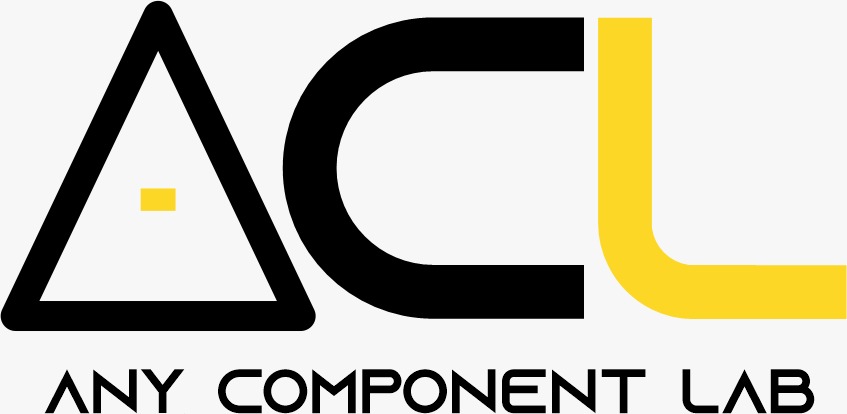Envision a world where objects communicate without touching, their silent dialogue woven through invisible electromagnetic fields. This is the realm of inductive proximity sensors, unseen sentinels guarding against collisions, monitoring levels, and dictating the flow of materials in countless industrial applications.
These unassuming devices, typically housed in robust metal casings, possess a hidden power. At their core lies a coil of wire, pulsating with a high-frequency alternating current. This generates a magnetic field, extending outwards like an invisible aura. When a metallic objects enters this field, it disrupts the flow of energy, creating a change in the sensor’s internal circuitry. This change, a whisper in the electromagnetic symphony, is amplified and interpreted, triggering a response – a signal indicating the presence of the object.
The beauty of inductive sensors lies in their simplicity and accuracy. They require no physical contact, eliminating wear and tear, while offering precise measurements. Their response time is lightning fast, enabling rapid feedback loops crucial for high-speed automation processes.
Applications:
Picture a conveyor belt carrying parts, a robotic arm deftly picking and placing them with impeccable timing. This seamless dance is orchestrated by inductive sensors, silently monitoring the position of each part and ensuring perfect synchronization.

Or imagine a bin brimming with raw material, its level constantly monitored by an inductive sensor, triggering a refill alert before production grinds to a halt.

The applications are endless, spanning diverse industries from automotive manufacturing and food processing to packaging and logistics. Their unwavering reliability, resilience to harsh environments, and ease of integration make them indispensable components in the modern industrial landscape.
Limitations:
However, their silent vigil is not without limitations.
Inductive sensors work primarily with metallic objects, struggling to detect non-metallic materials.
They are also susceptible to environmental factors like electromagnetic interference, demanding careful installation and shielding.
Despite these limitations, inductive proximity sensors continue to play a vital role in automating and optimizing industrial processes, ensuring efficiency, safety, and precision. Their ability to sense and react, without touching, speaks to the ingenuity of human innovation and the power of electromagnetic principles to shape the world we live in.
Shop:



